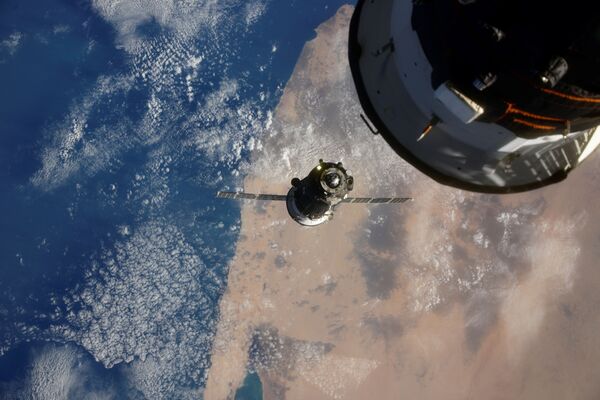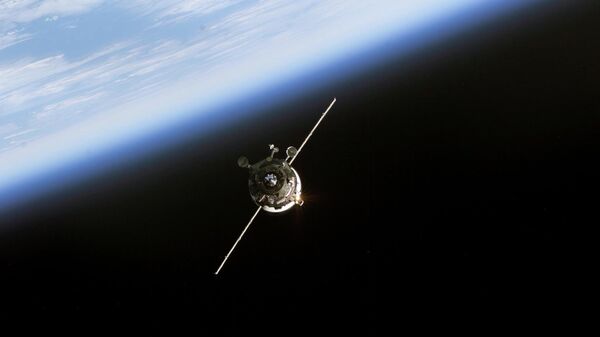https://sputnikglobe.com/20201016/air-leak-rate-at-russias-iss-zvezda-module-halves-after-crack-sealed-with-tape-1080789348.html
Air Leak Rate at Russia's ISS Zvezda Module Halves After Crack Sealed With Tape
Air Leak Rate at Russia's ISS Zvezda Module Halves After Crack Sealed With Tape
Sputnik International
MOSCOW (Sputnik) - The air leak rate in the Russian Zvezda module of the International Space Station has halved after the crack in the intermediate compartment... 16.10.2020, Sputnik International
2020-10-16T10:06+0000
2020-10-16T10:06+0000
2020-10-16T10:06+0000
https://cdn1.img.sputnikglobe.com/img/102147/66/1021476619_0:88:2049:1240_1920x0_80_0_0_e50a89f070198c82318b9ffaf7c0631f.jpg
russia
international space station
Sputnik International
feedback@sputniknews.com
+74956456601
MIA „Rossiya Segodnya“
2020
Sputnik International
feedback@sputniknews.com
+74956456601
MIA „Rossiya Segodnya“
News
en_EN
Sputnik International
feedback@sputniknews.com
+74956456601
MIA „Rossiya Segodnya“
Sputnik International
feedback@sputniknews.com
+74956456601
MIA „Rossiya Segodnya“
newsfeed, russia, space station, international space station, international space station, international space station
newsfeed, russia, space station, international space station, international space station, international space station
Air Leak Rate at Russia's ISS Zvezda Module Halves After Crack Sealed With Tape
MOSCOW (Sputnik) - The air leak rate in the Russian Zvezda module of the International Space Station has halved after the crack in the intermediate compartment was sealed with tape, according to the crew's communication with Earth, broadcast by NASA.
On Friday, cosmonaut Anatoly Ivanishin informed the Moscow-based Mission Control Centre that the pressure in the compartment had declined by 52 mm Hg to 681 mm Hg over 11.5 hours, while the leak rate had fallen to 4 mm per hour from 7-9 mm per hour.
The cosmonaut noted that the pressure continued to fall, but at a slower pace. He also suggested trying US patches to seal the crack.
Russian space agency Roscosmos earlier told Sputnik that the air leak posed no threat to the crew.
Earlier, Russian cosmonauts sealed the source of the air leak. On Thursday night, they once again closed the hatch to the "leaking" compartment to control pressure.



